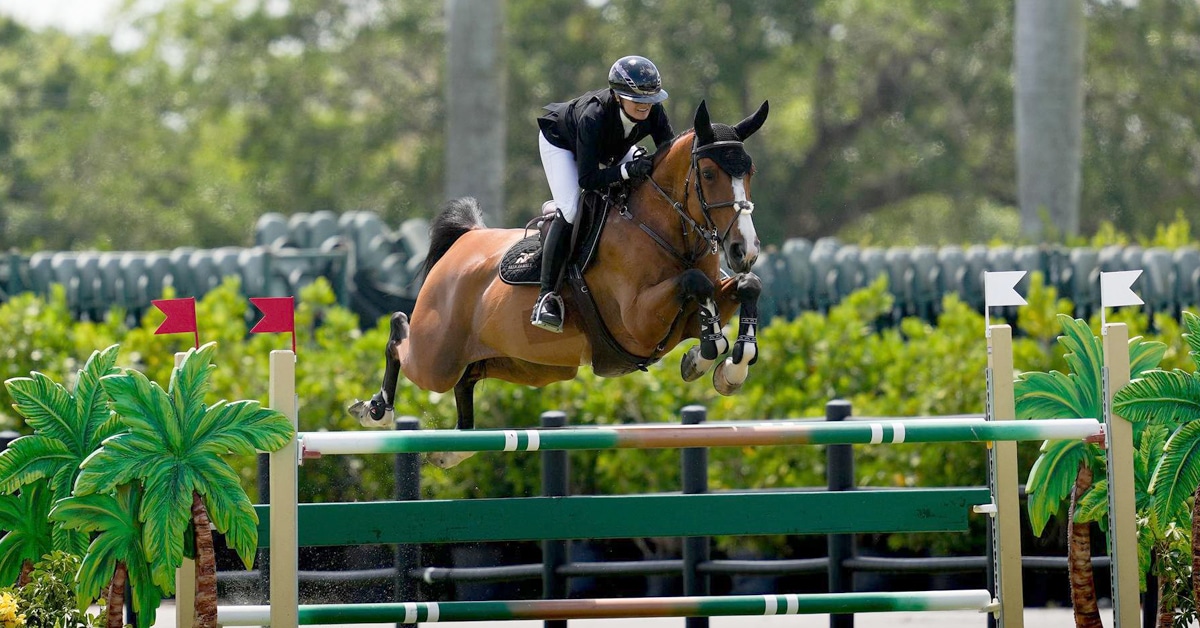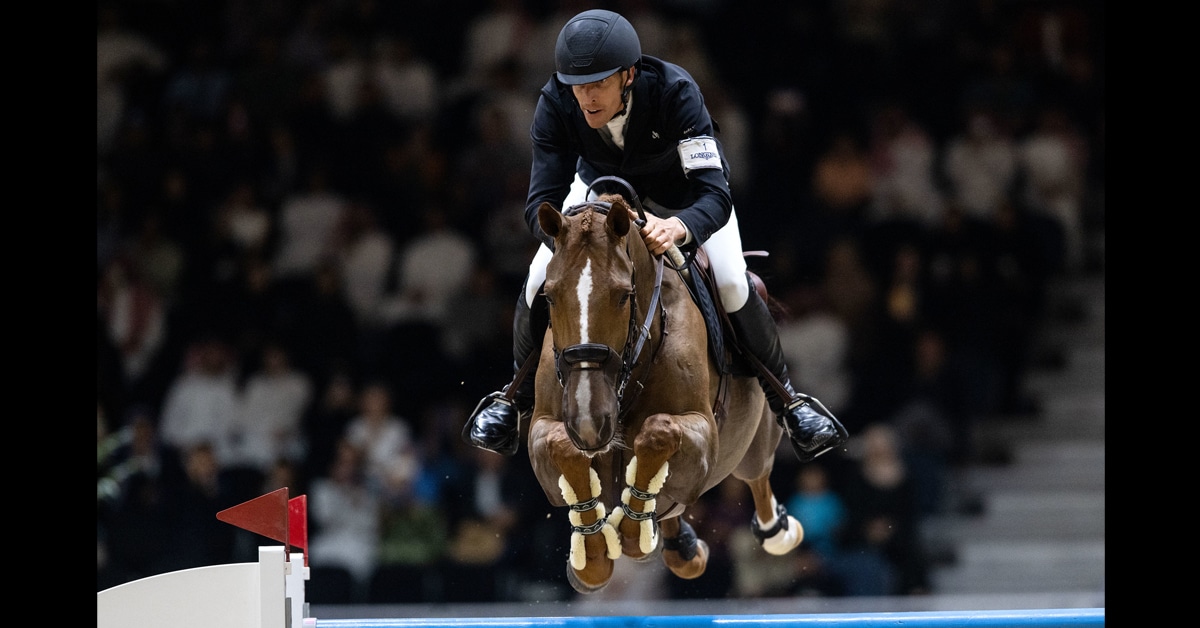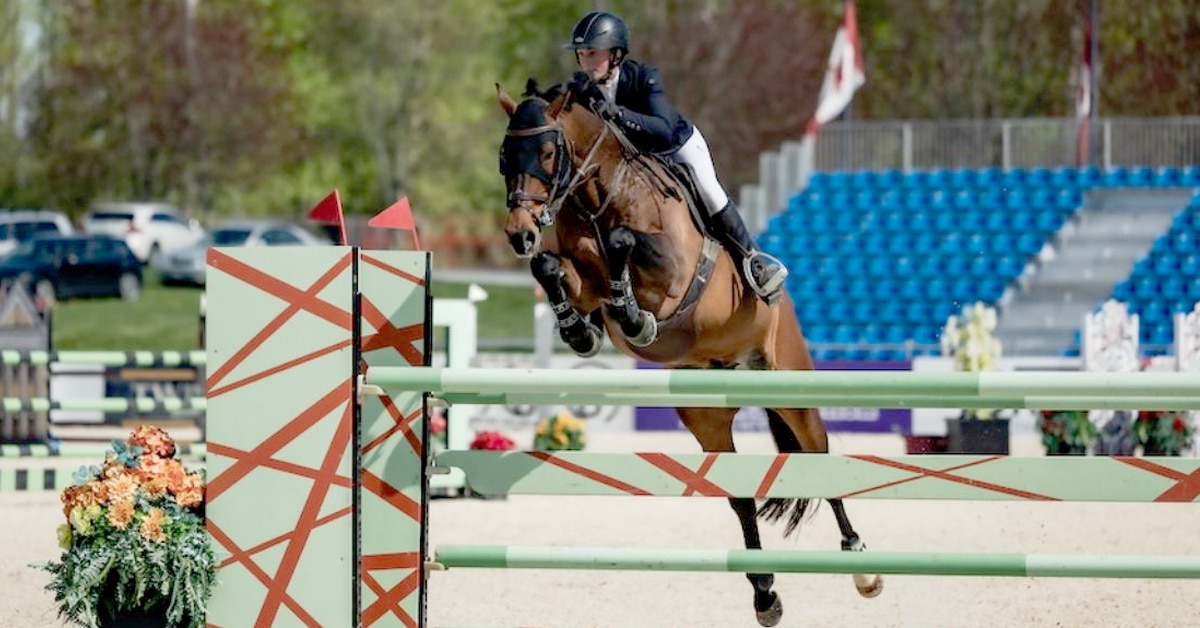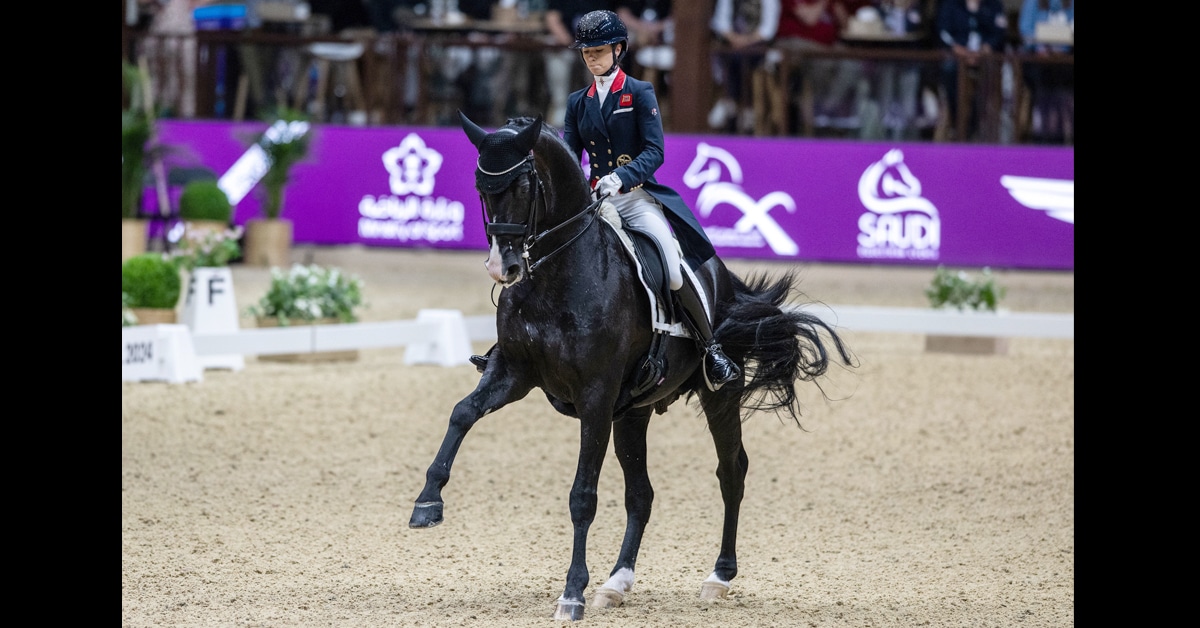Horsesport.com has obtained the full text of an antitrust ruling which shows how the Italian equestrian federation Federazione Italiana Sport Equestri (FISE) tried to wrest control of all amateur activity from a wide range of smaller associations and regional groups. As a consequence, FISE was fined 451,000 Euros ($687,000 CDN) by Italy’s Competition Authority [the Authority] last fall. At that time, FISE issued a brief statement confirming it had breached a previous agreement with the Authority, made in June 2011, and abused its position against competing sports organizations. FISE’s actions also violated article 102 of the Treaty on the functioning of the European Union.
FISE’s statement mentioned the Authority’s ruling that FISE had tried to limit the scope of amateur competitions, particularly jumping and driving. The Authority found that FISE’s anti-competitive strategy was implemented through new, more restrictive sport regulations; the sending of letters of formal notice to clubs, associations and organizers aimed at preventing them from holding amateur events which FISE asserted were of a competitive nature; and failing to enter into agreements with those bodies to regulate their amateur activities.
The 73-page document sets out the extent to which FISE – the sole FEI-recognized body for Italian sport – tried to stifle amateur groups.
One plaintiff said that FISE believed any activity that judged riders and horses on performance fell outside the scope of hobby rider organizations; FISE thought amateur groups should simply carry out training and recreation. FISE also wrote to insurance companies such as Allianz and AIG Europe, warning that policy-holders might be breaching policy conditions.
The document provides various instances of FISE’s intervention. These included:
- Demanding the cancellation of an exhibition event called ‘Coffee and Carriages,’ purely on the basis of a photograph on a promotional poster which FISE claimed proved the event intended to be ‘competitive.’
- Writing in November 2017 to the organizers of the ‘Winter Cup Gymkhana Pony and Horse Agility’ show, asserting the exclusive competence of FISE and threatening legal action if the categories were not modified, copying the letters to insurers AIG Europe Limited,
- Writing in December 2017 to organizers of an event billed ‘Christmas Competition,’ alleging it comprised performance events and instructing it to modify the program in compliance with FISE regulations.
The legal action was brought by three organizations. L’associazione Gruppo Italiano Attacchi (GIA) is a non-profit amateur association for carriage drivers, established in March 2011. It has 440 members and runs about 40 events a year in direct competition with FISE.
The Associazioni Sportive e Sociali Italiane è un Ente di Promozione Sportiva (ASI) has been recognized since 1994 by CONI, the Italian national Olympic committee. ASI is active in multiple sports, particularly in Lazio, one of Italy’s 20 administrative regions. ASI has several affiliate centres that are dual sanctioned with FISE.
The third plaintiff was the Sport Educazione e Formazione Italia (SEF) which focuses on education and training but operates competitions in direct competition to FISE in jumping, driving, dressage, reining and horse agility. SEF mostly operates in the regions of Lombardy, Piedmont, Veneto, Campania and Sicily. The Authority consulted a further 15 organizations in addition to the plaintiffs.
The Authority heard that in 2018, FISE achieved revenues of over 21 million Euros, following a significant increase in action against rival associations in the second half of 2017, after the appointment of a new FISE president.
GIA said there was a “stubborn” refusal of FISE to adhere to the 2011 agreement from about 2012. FISE justified its intervention with GIA by claiming that combined driving, cones and even driven dressage movements such as the rein-back were ‘high risk’ activities that needed the strictest regulation. FISE preferred GIA to organize showing or exhibition style events while still following FISE rules, to pre-approve all schedules with FISE and for GIA organizers and officials to be FISE members.
With reference to jumping, FISE said any event with a minimum of eight obstacles, timing systems and jumps higher than 70cm for horses and 60cm for ponies were classed as competitive. FISE used to have its own structure for amateurs, with jumps up to 135cm, but abolished that category in 2017.
In January 2018, FISE signed an agreement with five [undisclosed] organizations limiting them to recreation and training. The Authority said that FISE’s communications showed it lacked awareness of the difficulty in identifying a dividing line between competitive and amateur activity.
For ASI, FISE’s intervention was ‘indiscriminate and persecutory.’ It generated uncertainty and a total stalemate in jumping, because clubs began cancelling ASI affiliate shows, and asking for a rapid settlement of the dispute over heights so that they could resume. Meanwhile, the reputation of ASI was being damaged.
ASI also disputed FISE’s claim there were safety issues. ASI said its own events ‘never’ suffered accidents, contrary to what happened at FISE shows.
The Authority said any restrictions that may arise from sports regulation must be assessed in the context in which they were introduced and the objectives pursued and, in any case, cannot exceed what is ‘strictly necessary and proportionate.’
Equestrian events outside the FISE circuit, especially at local level, were not aimed at achieving Olympic or international records. The competitive nature of an event is independent of the nature of the entity that organizes it, because of the technical difficulty and an inherently amateur character.
The Authority was empowered to fine FISE up to 10% of its turnover in the last financial year, prior to its preliminary investigation. FISE was also required to supply a report on measures it has since taken to eliminate all of infringements within 120 days of the antitrust decision.
More from News:





